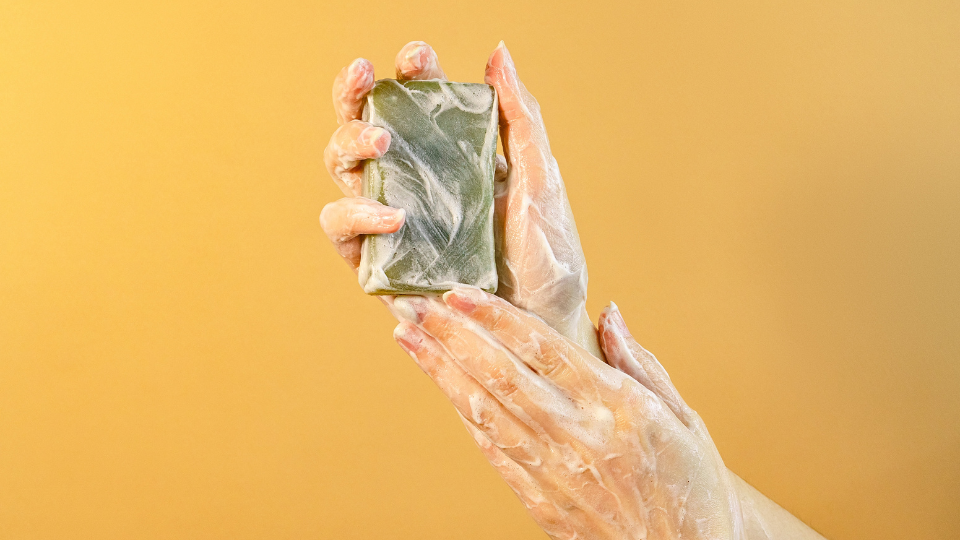When shopping for soap, many people instinctively grab the antibacterial option, assuming it offers better protection against germs. The term “antibacterial” gives the impression of superior hygiene and a stronger line of defense. But science—and regulatory health authorities—suggest a different story. In fact, regular soap may not only be just as effective but also healthier and safer in the long run.
Recent findings and recommendations from the U.S. Food and Drug Administration (FDA) have sparked a shift in how we view these everyday hygiene products. Contrary to what most believe, antibacterial soaps have not been proven to be more effective than regular soap and water. In some cases, the chemical ingredients that give them their antibacterial label may do more harm than good.
What the FDA Has to Say
The FDA reviewed the safety and efficacy of over-the-counter antibacterial soaps and concluded that there isn’t sufficient evidence to prove these soaps are better at preventing illness than plain soap and water. In light of this, the agency has banned 19 active ingredients commonly found in antibacterial hand soaps. Among these is triclosan, one of the most widely used antiseptic agents in personal care products.
The decision was made after studies linked these ingredients to various health concerns, including hormonal disruptions and potential bacterial resistance. The FDA’s position is clear: if the risks outweigh the benefits, and the benefits themselves are unproven, then those ingredients do not belong in products meant for routine use.
Triclosan and Its Hidden Dangers
Triclosan has long been added to everything from soaps and toothpaste to kitchenware and toys in an effort to prevent bacterial contamination. But its safety profile has come under increasing scrutiny. Research shows that triclosan can be absorbed through the skin and has been detected in human urine, blood, and even breast milk.
In animal studies, triclosan has been shown to affect hormone regulation, interfere with muscle function, and potentially weaken the immune system. The possibility of these effects translating to humans has raised red flags among scientists and health officials, prompting widespread concern and regulatory action.
Soap Doesn’t Need to Kill Germs to Work
The key misunderstanding around antibacterial soap is the assumption that soap must kill bacteria to be effective. But that’s not how it works. Regular soap doesn’t kill germs in the way disinfectants do. Instead, it dislodges them from the surface of the skin, allowing them to be washed away with water.
As we go about our daily activities, bacteria, viruses, and other microbes cling to the natural oils on our skin. Soap molecules have a unique structure that binds to both water and oil, allowing them to break down these oils and lift away dirt and pathogens. Once rinsed, your hands are left clean—not because the germs were killed, but because they were removed.
This is why technique matters more than the type of soap. The Centers for Disease Control and Prevention (CDC) recommends scrubbing your hands for at least 20 seconds to ensure a thorough cleaning. It’s the physical act of washing and rinsing that makes all the difference.
Regular Soap May Be the Healthier Choice
Aside from being equally effective for daily hygiene, regular soap carries far fewer risks than its antibacterial counterparts. Antibacterial products often contain compounds that contribute to antibiotic resistance. Over time, the overuse of these chemicals can lead to the emergence of “superbugs,” or bacteria that are harder to treat with conventional antibiotics.
Furthermore, the synthetic ingredients in some antibacterial products have been linked to allergic reactions, skin irritation, and hormonal disturbances. In contrast, regular soap—especially those made with natural or mild ingredients—is less likely to cause these side effects, making it a better option for individuals with sensitive skin or allergies.
The rise in antibacterial resistance has become a global public health issue. Choosing regular soap helps mitigate this problem while still maintaining personal hygiene.
What Should You Use Instead?
In most situations, regular soap and water are sufficient to maintain cleanliness and prevent the spread of illness. The focus should be on consistent and proper hand-washing, including scrubbing all areas of the hands and rinsing thoroughly.
When access to soap and water isn’t possible—like during travel, commuting, or outdoor activities—alcohol-based hand sanitizers offer a reliable alternative. These products, especially those with at least 60% alcohol content, are effective in killing many germs without relying on the harmful ingredients found in some antibacterial soaps.
It’s worth noting that hand sanitizers are not a full replacement for washing with soap and water, particularly when hands are visibly dirty or greasy. Still, they are a safe and convenient option when washing isn’t practical.
A Safer, Simpler Approach to Hygiene
It’s easy to assume that stronger products equal better protection, but in the case of soap, that’s not always true. The healthiest and safest choice might also be the simplest. Regular soap offers a tried-and-true way to keep hands clean without the risks associated with harsh antimicrobial chemicals.
By being mindful of what you use and understanding how these products work, you can make informed decisions that protect both your health and the environment. As regulatory agencies continue to evaluate the safety of everyday hygiene products, one thing remains clear: for most people, regular soap and good hand-washing habits are more than enough.











